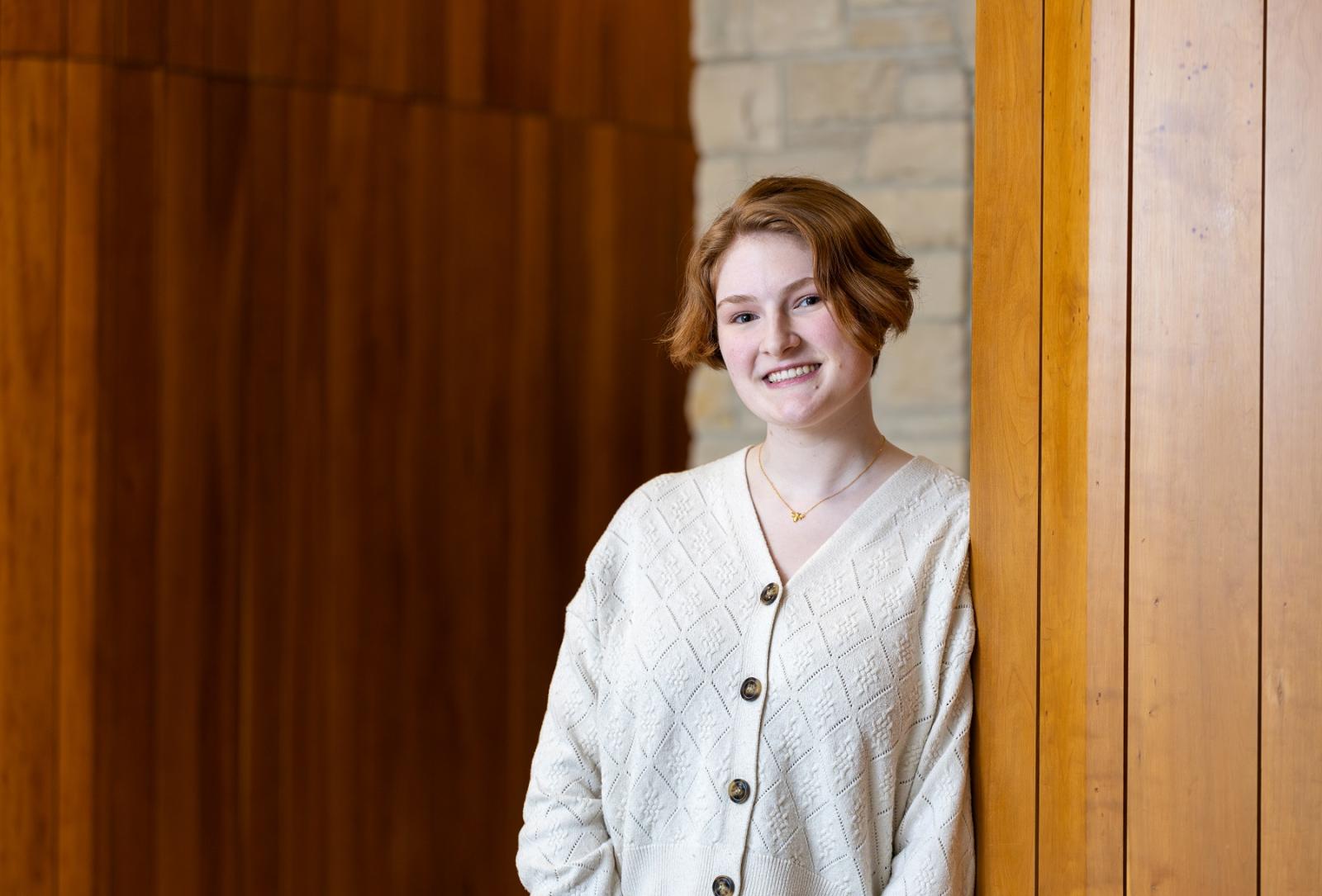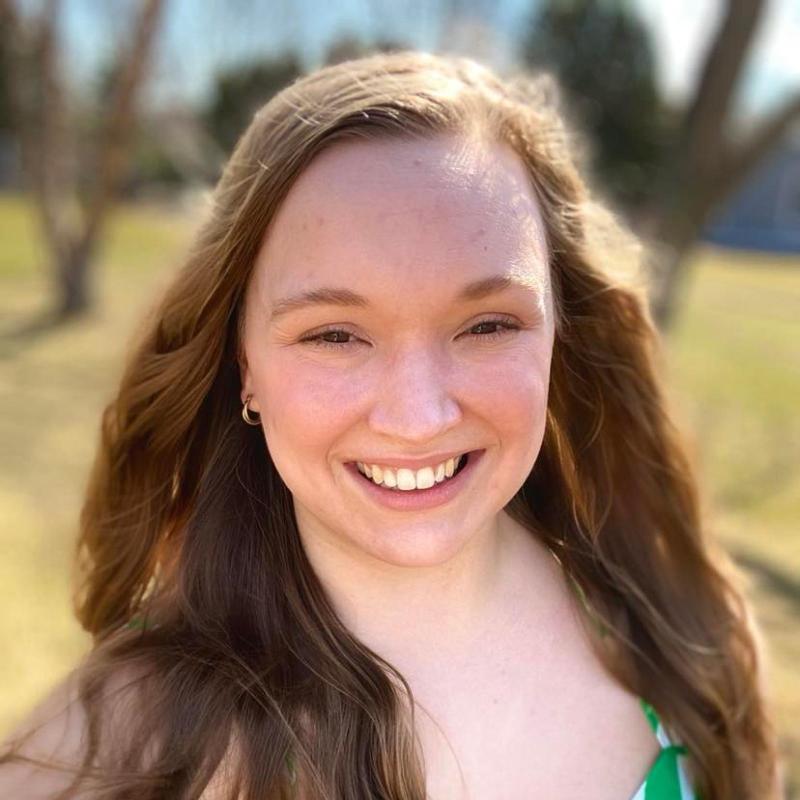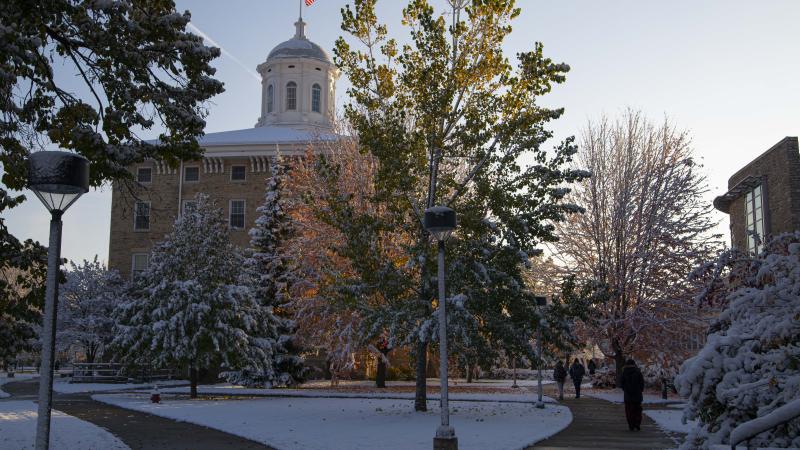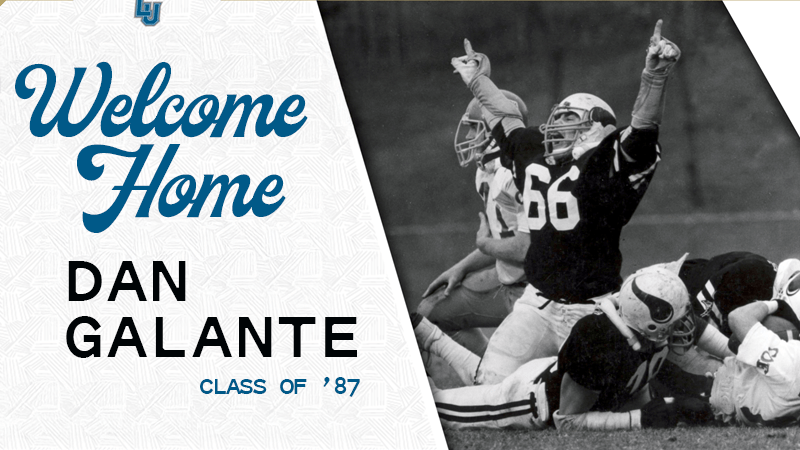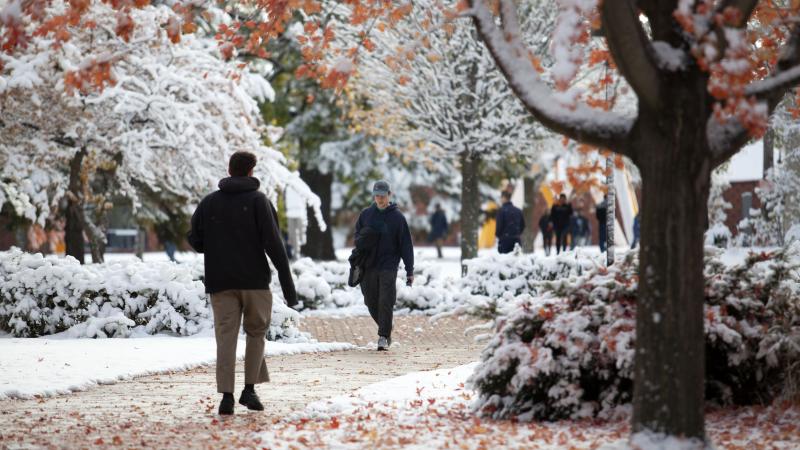When Grace Weber first stepped foot onto the Lawrence University campus, she never expected she would be graduating in three years.
Despite her fast-track to the Commencement stage, she made the most of her time at Lawrence. The physics major from Oshkosh has made great strides in physics research and making it accessible to all.
When deciding what to major in, physics seemed like the obvious choice.
“I really liked math, I really liked science, and although I enjoyed biology and chemistry as well, I really liked the puzzle aspect of physics,” Weber said, “and the desire to find out more about the world and figure out how it worked.”
Weber chose to apply her love for physics at Lawrence. Her godmother, Alice Young ‘92, attended the university and told her about how she valued the community.
“I always admired the beauty of the campus,” Weber said, “but the real thing that brought me to the campus itself was the community of acceptance.”
Explore the laws of the universe through individualized research, multidisciplinary courses, and collaborative experiences.
The past nine months have been particularly exciting for Weber. Starting in June 2023, she dove into summer research developing an open-source microscope. Her research centered around how to bring research-grade microscopy into the classroom by making it more cost-effective.
Components of the microscope were either 3D printed, courtesy of the Lawrence University Makerspace, or created with easily accessible software. The replicability of the microscope makes it ideal for an undergraduate setting.
“Because it is mostly 3D printed, we’re able to present it to other schools, and they can make it easily, so that sharing the knowledge is the goal,” Weber said.
"I really liked the puzzle aspect of physics, and the desire to find out more about the world and figure out how it worked.”
Grace Weber, physics major
Designed to support student research and classroom projects, Lawrence's Makerspace is located in Mudd Library and includes 3D scanners and printers, laser cutters, sewing machines, soldering equipment, and much more!
Weber had an exciting opportunity to share her knowledge when she and her co-worker, Joseph Carpenter, a junior math and physics major from Minneapolis, received a grant from the Wisconsin Space Grant Consortium (WSGC) to fund their continued research and work on the microscope. It also came with an opportunity to give a presentation at the Wisconsin Space Conference in August 2023.
“Being able to share the research that I had done really helped me prepare for my future and brought me a lot of excitement,” Weber said.
Video: Grace Weber talks about her Lawrence journey
Doug Martin, associate professor of physics and Weber’s academic advisor, said working with her on the microscope has been a privilege.
“Grace has found a great balance between listening for foundational ideas and diving in to move the project ahead,” Martin said. “I look forward to each microscope meeting, wondering, ‘what will Grace bring today? How many steps ahead is she already?’ I’m really excited to see what Grace does next.”
Thanks to her high school credits and her fall semester study abroad experience in Amsterdam, Weber’s next step is to graduate Lawrence in three years. Spending a semester abroad—compared to Lawrence’s trimester schedule—allowed her to accrue more credits.
With nearly 50 off-campus programs, your studies can take you from Chicago to Shanghai!
Studying abroad in Amsterdam also allowed Weber to embrace the liberal arts foundation of a Lawrence education—exploring new academic fields and experiencing different world views.
“I did more social science, humanities, trying to broaden my horizons,” Weber said. “I was able to take a lot of classes about Dutch culture and general different views than I would have learned about in America.”
Upon her return to the States, Weber took her research a step further. As part of her senior project, she is working on making the microscope capable of 3D imaging. By modifying the microscope lenses, she can code it to track a particle in three dimensions.
Looking to the future, Weber plans to attend graduate school at the University of Minnesota, where she will study medical physics.
The medical physics field, Weber said, works with coding various pieces of medical equipment, such as linear accelerators, MRI scanners, and ultrasounds.
“I want to, in the future, hopefully be a clinical medical physicist where I’d be able to work with cancer patients and create treatment plans,” Weber said.
